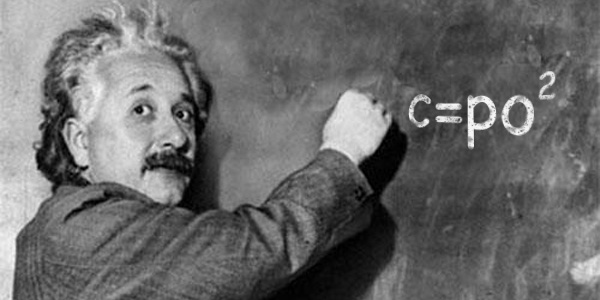As a function, procurement has come a long way in the last couple of decades from a back-office tactical player to a front of the office, strategic partner in driving long-term enterprise performance. But in 2015, many procurement departments remain challenged to transform their people and processes and elevate them to the next level of performance. Technology solutions and process automation can help procurement teams transform, for sure. But to truly transform procurement, Chief Procurement Officers (CPOs) need to start from within their teams and drive change from there. The latest and greatest processes and technologies will be wasted if CPOs don’t get their houses in order. On that note, here are five high-level strategies to transform procurement.
1. Take a Holistic View of the Source-to-Settle Process. Although the source-to-settle process starts with one supplier, it spans multiple departments that each can influence the outcome for better or worse. As a result, CPOs would do well to take a holistic view of this process by leveraging their cross departmental influence, and if possible, aligning people, processes, and technologies to drive more value from each transaction. CPOs will see this value in the form of improved operations, identified and mitigated risks, reduced bottlenecks, and improved financial performance.
2. Leverage Business Process Automation Tools. Although technology solutions, in and of themselves, aren’t the silver bullets of procurement success, they can be true force multipliers and foster procurement transformation. In fact, effective technology solution adoption has helped to drive procurement’s transformation over the past couple of decades. If it is not feasible to automate every facet of the source-to-settle process, CPOs can still take incremental steps towards end-to-end automation and see significant performance improvements while they gradually transform the department.
3. Prioritize Visibility. Gaining and leveraging visibility into all aspects of the source-to-settle process can help CPOs and their staff understand where they are and how to get where they need to be. Tactically, gaining visibility into enterprise spend can inform better enterprise spend and sourcing decisions, and help CPOs and procurement reevaluate long-term spend and sourcing strategies. Strategically, gaining visibility into existing processes can help procurement standardize, align, and improve processes to drive greater end-to-end efficiencies.
4. Develop and Implement an Effective Change Management Strategy. Even the best-laid plans can crumble if they are not developed with key stakeholders, or if their buy-in is not sought. CPOs seeking to transform procurement need to develop a strategy that embraces key internal stakeholders, considers unique enterprise, industry, and market needs, and then is effectively executed. Moreover, early adopters and high performers should be rewarded or at the least recognized to further incentivize stakeholders to adopt and implement changes.
5. Develop a Clear, Long-Term Vision with Clear Goals. In developing a procurement transformation plan, CPOs need to have a strategic, long-term vision for success that is anchored by clear, realistic goals. Although it is easy to get wrapped up in specific performance metrics like spend under management and identified/realized cost savings, it is critical not to lose the forest for the trees. Long-term success requires a holistic view of current and future people, processes, technologies, and performance.
As the last point illustrates, it can be challenging to keep one eye on the present while driving towards the future. But CPOs that take a holistic view of the source-to-settle process, leverage process automation tools whenever it is feasible, prioritize visibility, and develop inclusive change management strategies for a clear, long-term vision will be on their way to transforming procurement. With the right people and processes driving this transformation, it may not be as much of a juggling act as it seems.
RELATED ARTICLES
Driving Procurement Transformation Upstream with Procure-to-Pay
Sailing Downstream: Why “Source-to-Settle” Defines Procurement Transformation in 2015

